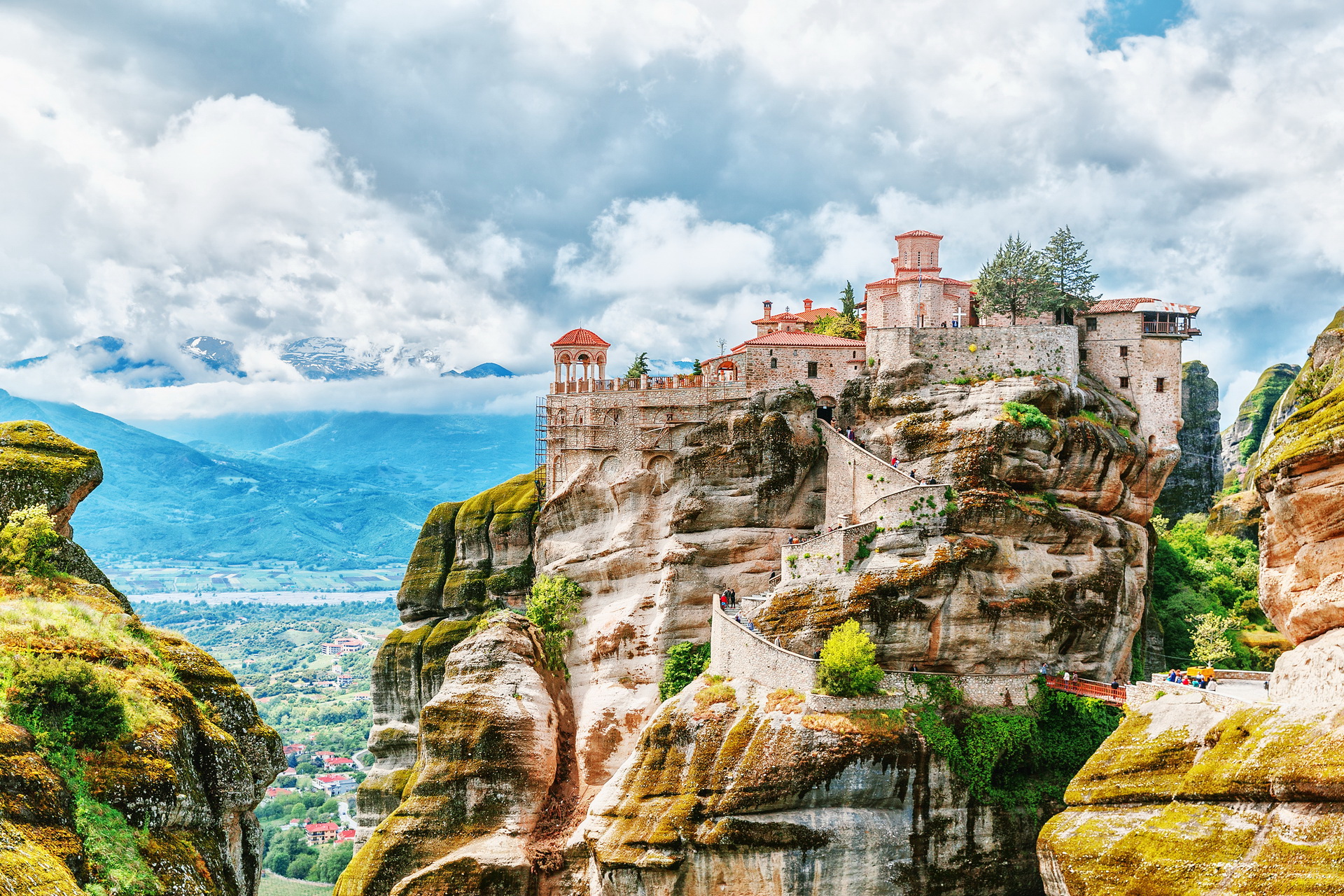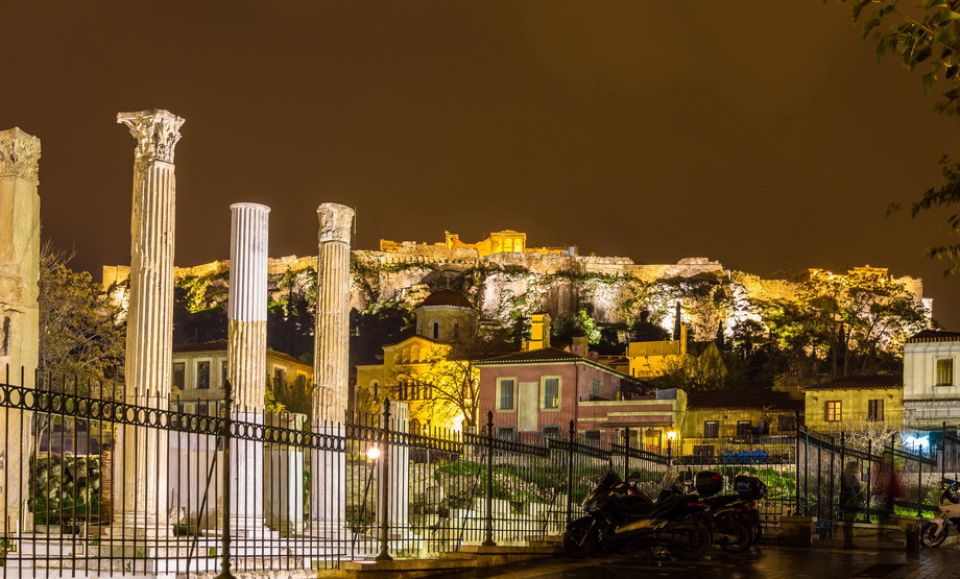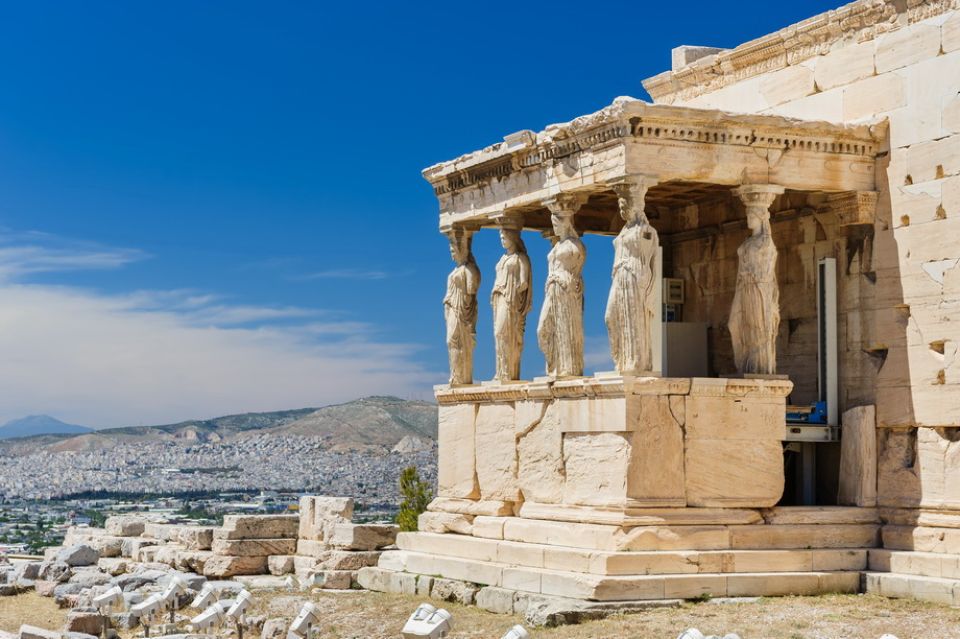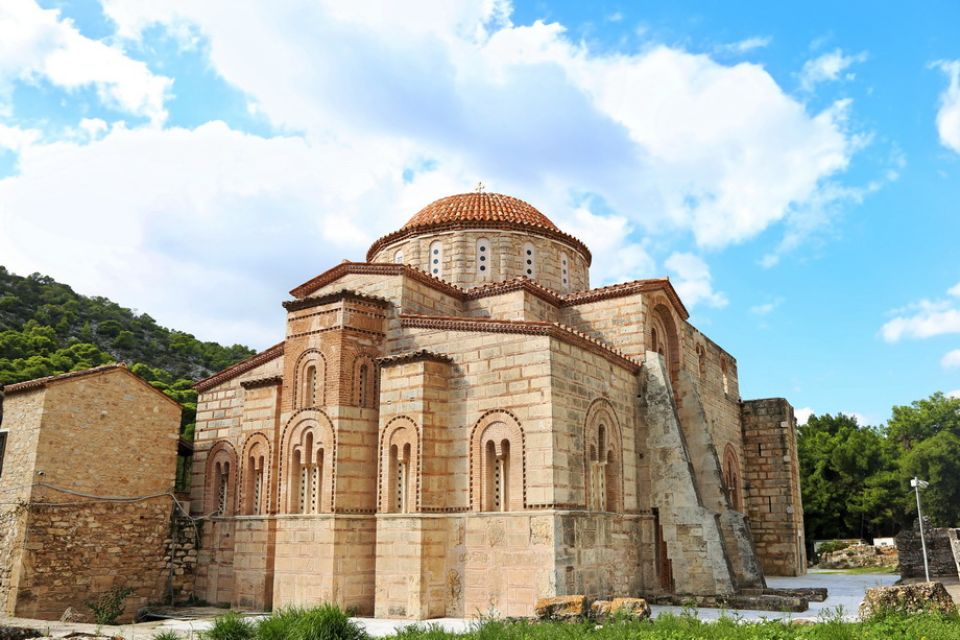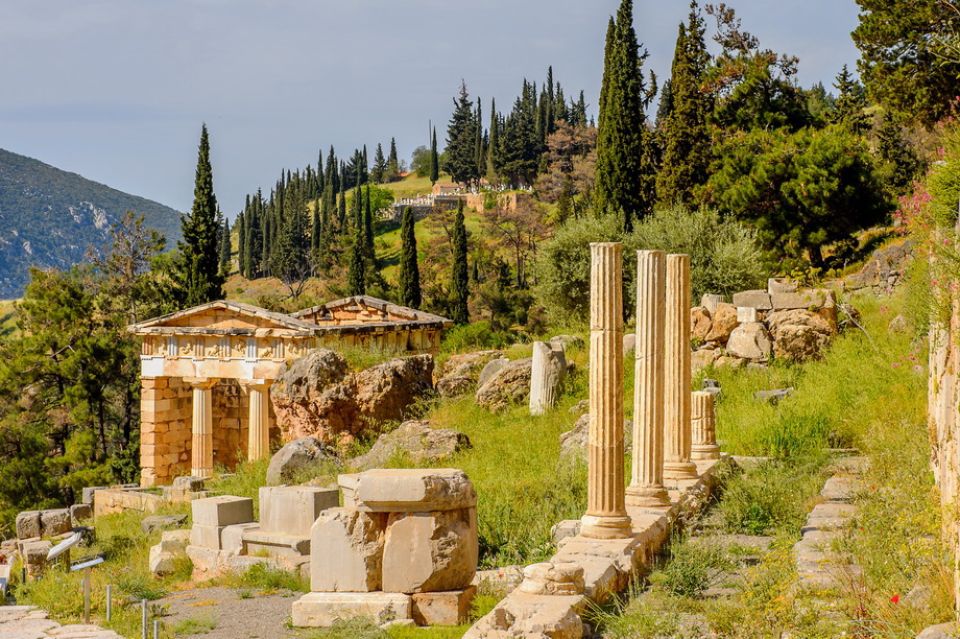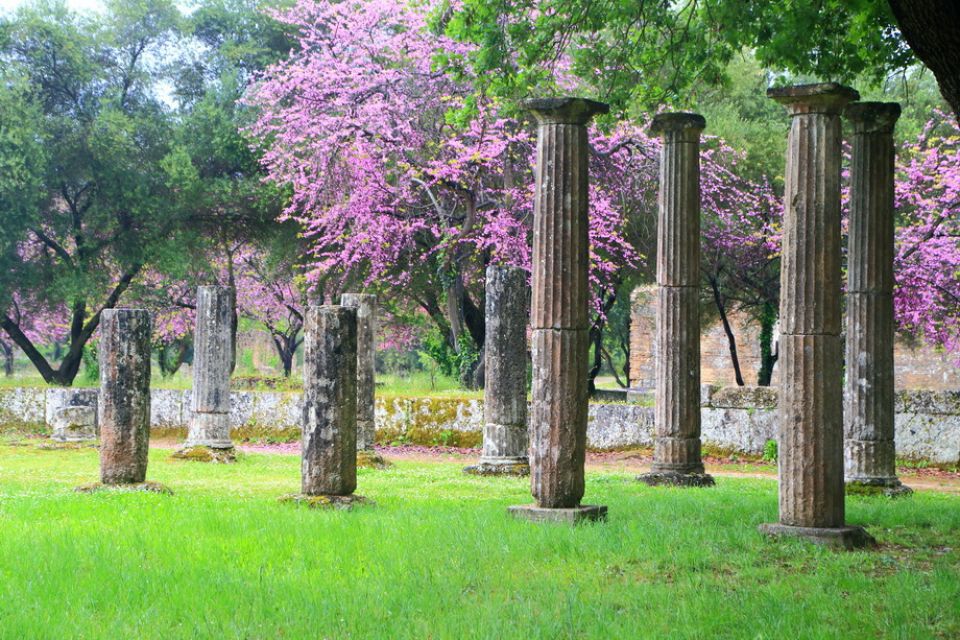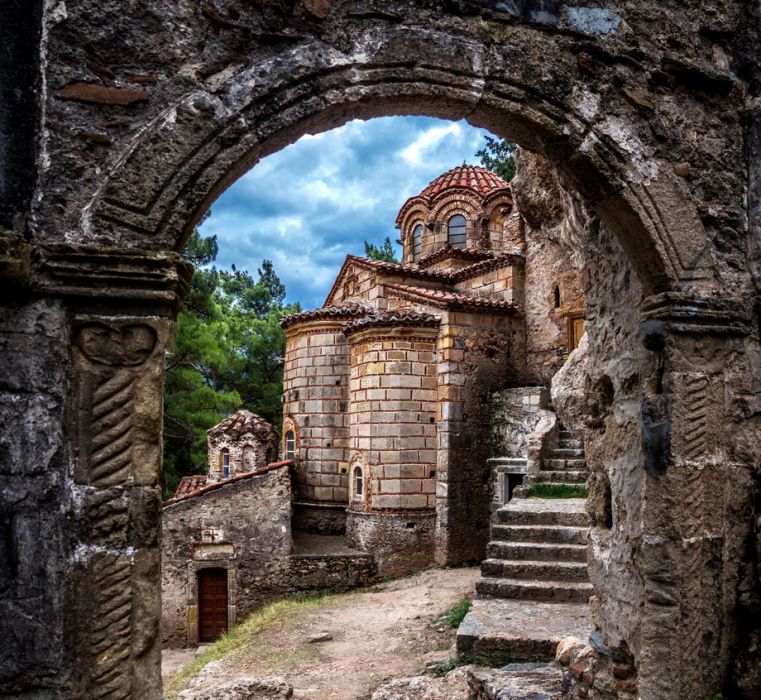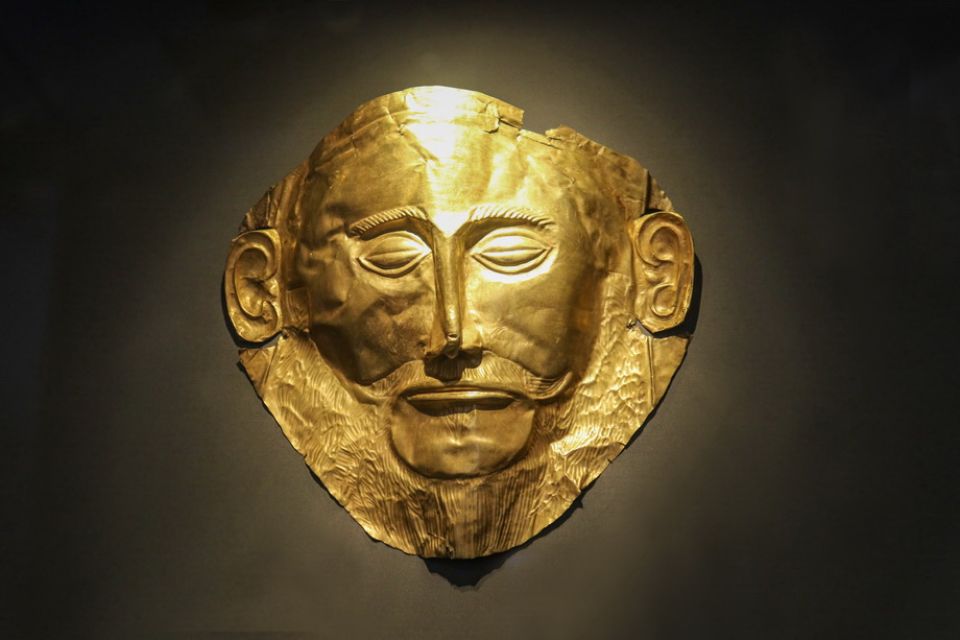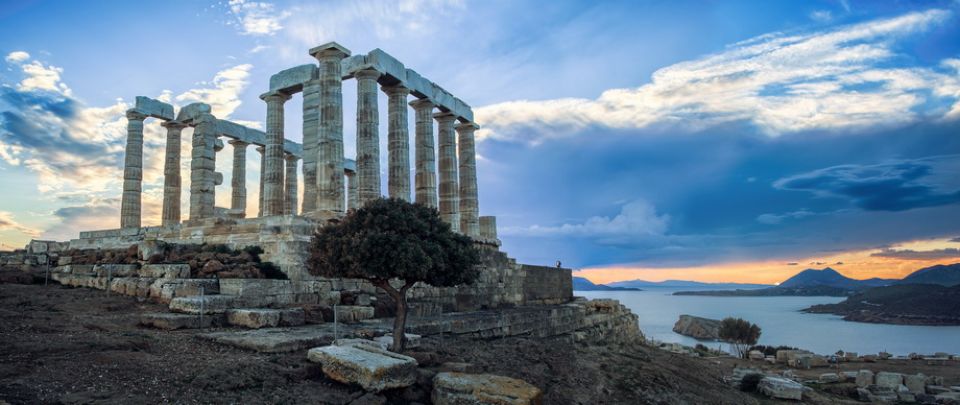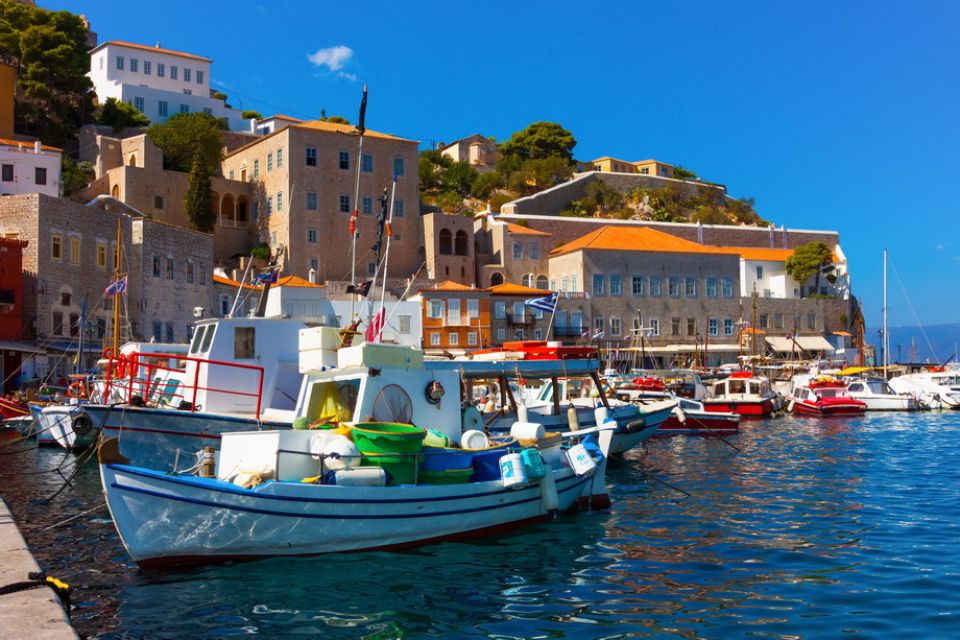Day 7: Mycenae – Tiryns – Epidaurus
Mycenae is Europe’s oldest fortress, the most important city of the Mycenaean civilization (it bloomed between the 15th and 12th centuries BC) and the stage for Iliad, one of Homer’s bloody epic poems. It all started in Aulis, where King Agamemnon sacrificed his own daughter Iphigenia, so that the Greeks could sail to Troy. After Agamemnon’s return from the Trojan War, Clytemnestra murdered her husband with the help of her lover, Aegisthus. Her children Elektra and Orestes in turn assassinated their mother to revenge the murder of their father. The story of Atrides’ dynasty has inspired the famous Greek tragic writers Aischylos, Sofokles and Euripides, whose tragedies and their modern adaptations are still being played in theaters all over the world. The Lion's Gate and the Treasury of Atreus are described as "outstanding examples of human creative genius".
Our journey back to the times of Mycenaean civilization continues, as we visit Tiryns. Tiryns was one of the most important cities of the Mycenaean civilization (it bloomed between the 15th and 12th centuries BC), but the first hints of human existence in the area date back to the Neolithic period (about 5000 BC). The construction of the fortification of the hill began during the 14th century BC and was completed at the end of the 13th century (late Helladic IIIB period). The Cyclopean walls surrounded the palace, the remaining public spaces, the Cyclopean tunnels leading to the storehouses and the workshops. The site had become deserted, when Pausanias visited it during the 2nd century AD. Both Mycenae and Tiryns were included in the UNESCO World Heritage List in 1999.
Further drive to the last stop of the day: Epidaurus. The ancient theater of Epidaurus is a wonder of architecture because of the absolute uniqueness of its acoustic. It is worth wondering how architects of ancient Greece managed to create such an architectural masterpiece using the knowledge and machinery of that time. The theater dates back to the 4th century BC, but still hosts theatrical plays for 14,000 spectators. People from all over the world attend theatrical plays and concerts in Epidaurus, especially in summer months, as the experience offered at this theater is unique. After all, we would all like a little bit of drama in our lives! Epidaurus was an ally of the Athenians and later of the Corinthians. The famous Asclepieia, athletic games and music competitions, were held here every 5 years. Thousands of musicians and athletes from all over Greece came to Epidaurus to participate in those games. Apart from the theater, the most important historic monuments in Epidaurus are: the Healing Temple Asclepieion, designed for 250 patients (70.92 m x 9.42 m); the Library, built by the Roman emperor Antonios and his successors; the Gymnasium (69 m x 53 m); the Temple of Asclepius which dates back to the 4th century BC and was designed and built by the architects Theotokos and Thimotheos. The sanctuary of Asklepios in Epidaurus was included in the UNESCO World Heritage List in 1988. It is a unique sample of combining innovative ideas both internally and externally in the history of ancient Greek architecture. Indeed, Pausanias considered it as one of the finest temples of Peloponnese in relation to sheer beauty and harmony and compared it only to that of Tegea.
